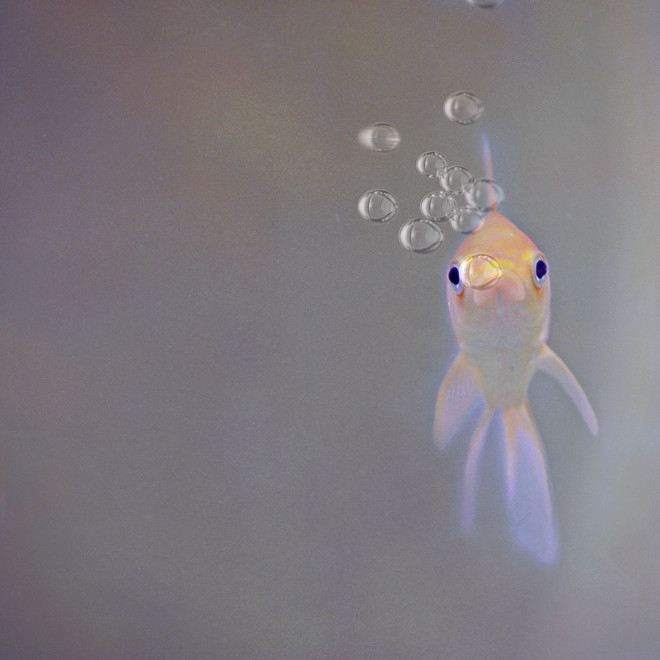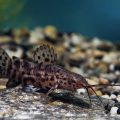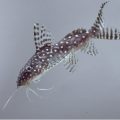Content angelfish
Translated from Latin, the name translates as"angel". The fish has a diamond-shaped body, graceful fins and spectacular coloring. Keep these beautiful and graceful fish is not so easy, as they are quite capricious and choosy to the living conditions. Angelfish are often called “angels” because of their beautiful body shape. Photo: Getty Requirements for an aquarium:
Angelfish are often called “angels” because of their beautiful body shape. Photo: Getty Requirements for an aquarium:
Water temperatures should be between 22-26 ° C, butfish are able to withstand short-term lowering of temperature to 19 ° C. There are no problems with feeding. Angelfish with appetite eat both live and frozen food. They can be given and dry food in the form of flakes. Sometimes the angelfish go on a hunger strike, this is normal and does not affect their health.
Compatibility of angelfish with other inhabitants of the aquarium
Angelfish are considered peace loving creatures. But in life it often happens the other way around. These fish carefully guard their territory and do not let anyone in. They often choose their corner near the feeders, and if small fish of other species gape there, the angelfish will simply eat it. Best of all, they get along with catfish, as the latter live near the bottom. Scalarians simply do not have anyone to fight for the territory, as they prefer to swim in the upper and middle parts of the aquarium. As a neighbor to the scalar, you can add a Labe, Petsyli and tetrov. If a pack of scalar is large, they will be divided into pairs in the near future and will sort things out. The strongest couple will take their place near the feeders and will chase the rest. With good care, the scalars live in captivity for at least 10 years, growing to 15 cm in length. It is also interesting:









